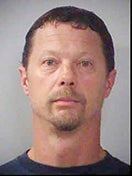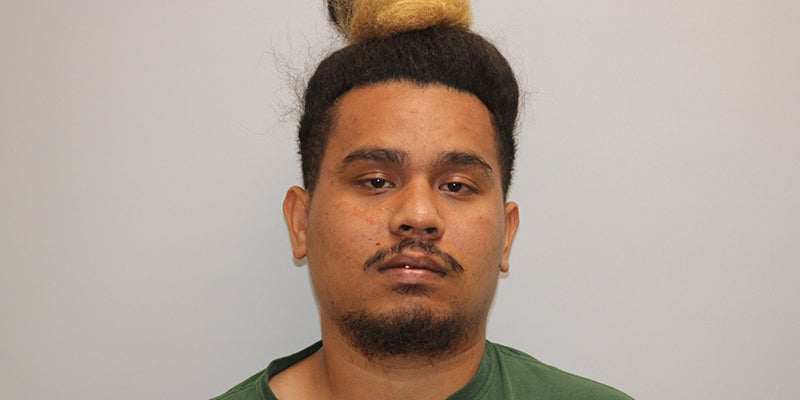Trial Day 3: Experts take the stand: Trauma specialist, pathologist testify about medical records
Published 11:15 am Tuesday, January 14, 2014
Prosecutors called on more scientific and medical experts Monday in Mower County Court in their attempt to convict Jason Fredrickson as the drunken driver in a 2012 crash that killed Austin’s Luke Unverzagt and Jacob Moe. Fredrickson faces six counts of felony criminal vehicular homicide.
Attorneys questioned two more forensic scientists with the Bureau of Criminal Apprehension and two Mayo Clinic Doctors. The attorneys keyed on elements such as blood-alcohol concentrations, markings and discoloration from airbags, and the extent and orientation of injuries in the crash. Though there have been a few physical clues presented throughout the case, witnesses haven’t been able to prove Fredrickson drove the 2009 Cadillac in the Feb. 25, 2012 crash. According to the Minnesota State Patrol and data pulled from the car’s black box, or recording device, the vehicle was pushed to 100 percent acceleration and 129 mph five seconds before leaving the road on a curve with a 40 mph speed limit. From there, the car allegedly hit the ditch, went airborne, snapped a utility pole, hit and snapped a tree and stopped in a rural front yard on Fourth Street Southeast. All three men were ejected.
Dr. Mark Sawyer, a surgeon and trauma specialist with the Mayo Clinic, spent the first part of Monday morning in court answering questions about Fredrickson’s injuries, which included fractures to the skull, backbones, left collarbone, pelvis, lower right leg, a bruised lung, adrenal gland contusion and spleen laceration. Because Fredrickson had a head injury, his attorney pried into the issue of memory, of which Sawyer said there could have been memory loss. However, Sawyer said there is no way to determine the extent of memory loss, or if any memory loss would be permanent.
BCA scientist Kathryn Fuller later spoke about the results of Fredrickson’s blood draw, which was taken at 5:18 a.m., about three and a half hours after the crash. While his blood-alcohol content was 0.06 at that time, Fuller said the IV hooked up to Fredrickson could’ve diluted the sample, along with the time lapse since the crash. Fuller used a conservative, generalized formula, and determined Fredrickson’s blood-alcohol content could’ve been between 0.081 and 0.111, and speculated it could’ve been higher.
More important, however, attorneys focused more on trace evidence, especially whether marks on Fredrickson’s body and shirt were from the driver’s side curtain and front airbags. While results were inconclusive if the airbags caused marks on Fredrickson’s body, BCA scientist and supervisor Sue Gross said an investigation couldn’t eliminate the driver’s side airbags from causing marks on his shirt.
“It corresponds to the unknown pattern on the sweatshirt,” Gross said.
Gross specifically looked at discoloration on the shirt that could’ve been from the shape of the front airbag. Gross said the gaseous explosion that deploys an airbag often expels hot gases through the airbag’s stitches.
“This is a discoloration of the fibers,” Gross said. “Heat will discolor fibers.”
Her investigation did eliminate the passenger side airbag, as well. Yet Nelson pressed Gross whether something else could’ve caused the mark, and the possibility the discoloration could’ve already been there. Gross couldn’t deny that, but didn’t agree a few other factors, including a chemical stain, caused the discoloration.
“I wouldn’t think it would be in a pattern like that,” Gross said about a chemical stain.
Before Monday’s recess, Dr. Marie Aubry, a pathologist with the Mayo Clinic who performed autopsies on Unverzagt and Moe, revealed her results to the jury. According to her team’s findings, Unverzagt died from severe head trauma, and Moe bled to death. Both men were also highly intoxicated. Nelson implied one of the men could have been the driver, as he repeatedly pointed out the two had multiple injuries to the left sides of their bodies, including fractured ribs.
Much more evidence will be revealed on Tuesday, though, as prosecutors will bring in crash reconstruction experts. If they finish their questioning, the defense could finish questioning its own witnesses, as well.
“There is a possibility that the defense could rest tomorrow as well,” Nelson said.
Correction: This story has been updated, as a victim’s name was previously listed incorrectly.




